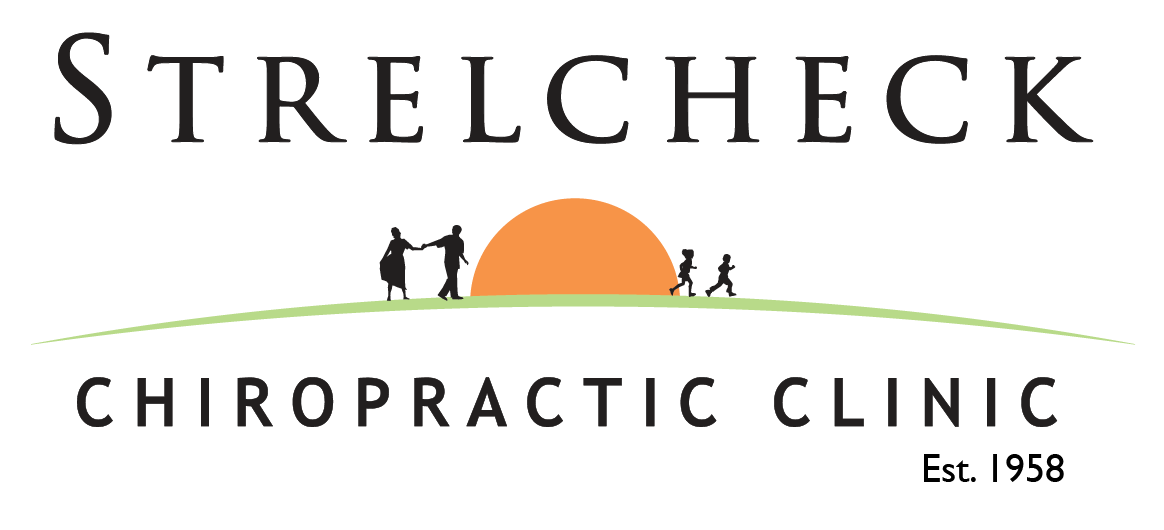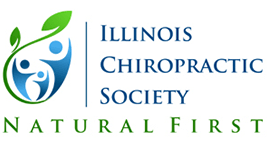From the Desk of Dr. Daniel
Ancient Egyptians and Greeks knew of the body’s continual striving to heal itself. This was known as ‘innate intelligence. The foundation of Chiropractic philosophy is innate intelligence as it relates to the brain and nervous systems’ control over the function of the body.
Interference of the nervous system leads to a change in health. This interference can affect performance on multiple levels, some easily observed, like pain, symptoms or loss of functions, while others take place over time, like osteoarthritis.
Why Chiropractic focuses on the Role of the Spine
Daniel David Palmer, founder of Palmer College of Chiropractic discovered that the bones of the spine (vertebrae) can, if misaligned, put pressure on the cord and small spinal nerves. This pressure distorts and blocks information coming from the brain. Ultimately, these misalignments, or vertebral subluxations, that disrupt nervous system communication lessen the body’s ability to function and heal itself.
Chiropractic uses spinal adjustments to correct these misalignments and restore proper function to the nervous system, helping the body to heal naturally. Chiropractic is a natural form of healthcare that doesn’t use drugs or surgery. It uses a chiropractic spinal adjustment-the application of a precise force to a specific part of the spinal segment-corrects the misalignment, permitting normal nerve transmission and assisting your body to recuperate on its own.
First Known Chiropractic Adjustment
On September 18, 1895 Palmer performs the first-ever chiropractic adjustment on Harvey Lillard, a deaf janitor, in Davenport, Iowa.
Palmer describes the incident in his 1910 The Science, Art and Philosophy of Chiropractic: The Chiropractor’s Adjuster “Harvey Lillard, a janitor in the Ryan Block, where I had my office, had been so deaf for 17 years that he could not hear the racket of a wagon on the street or the ticking of a watch. I made inquiry as to the cause of his deafness and was informed that when he was exerting himself in a cramped, stooping position, he felt something give in his back and immediately became deaf. An examination showed a vertebra racked from its normal position. I reasoned that if that vertebra was replaced, the man’s hearing should be restored. With this object in view, a half-hour’s talk persuaded Mr. Lillard to allow me to replace it. I racked it into position by using the spinous process as a lever and soon the man could hear as before. There was nothing “accidental” about this, as it was accomplished with an object in view, and the result expected was obtained.’
My father, myself, Dr. Norton and Dr. Khan are all Palmer College alumni. Any questions? Contact our office.
Dr. Daniel Strelcheck











